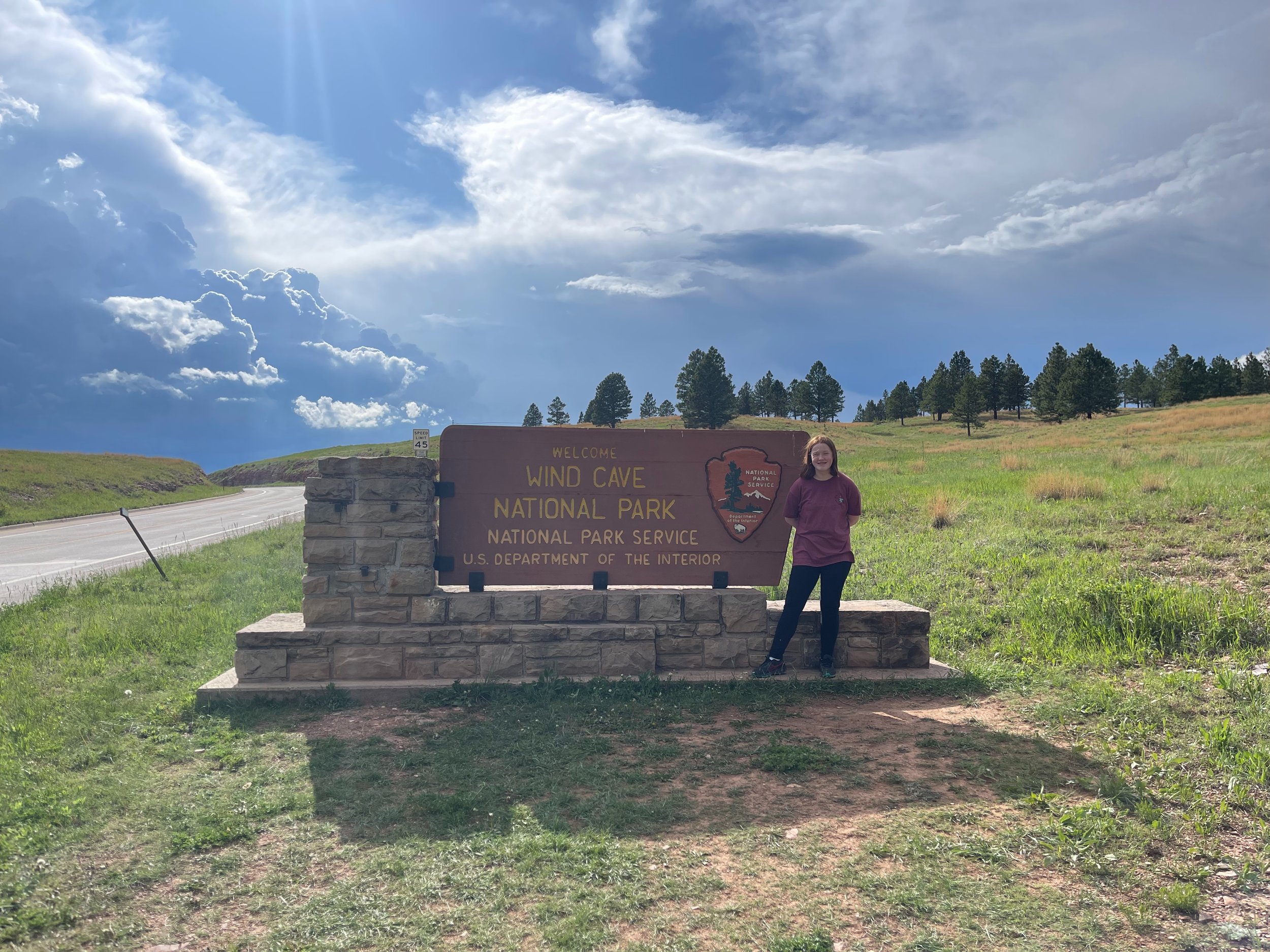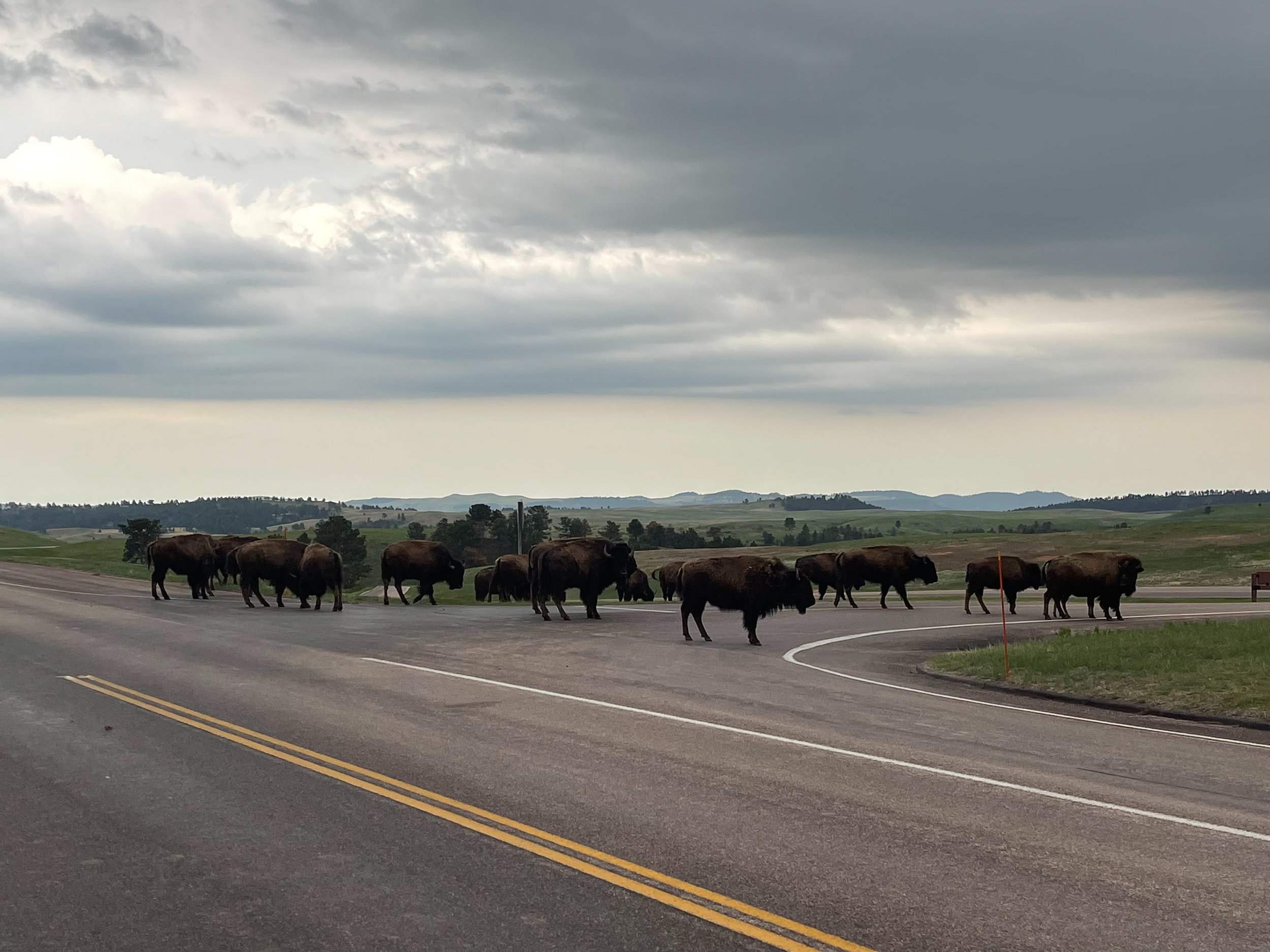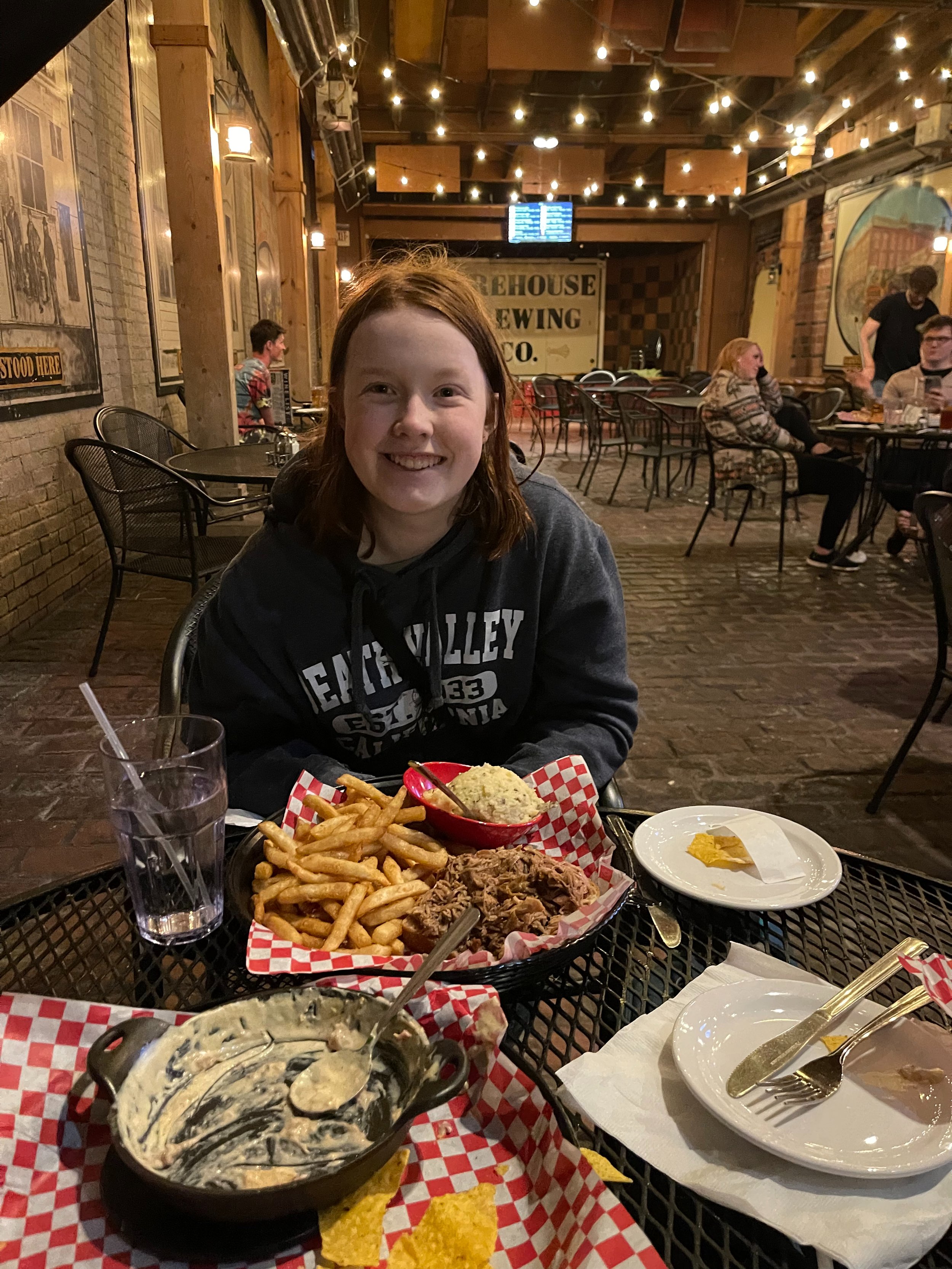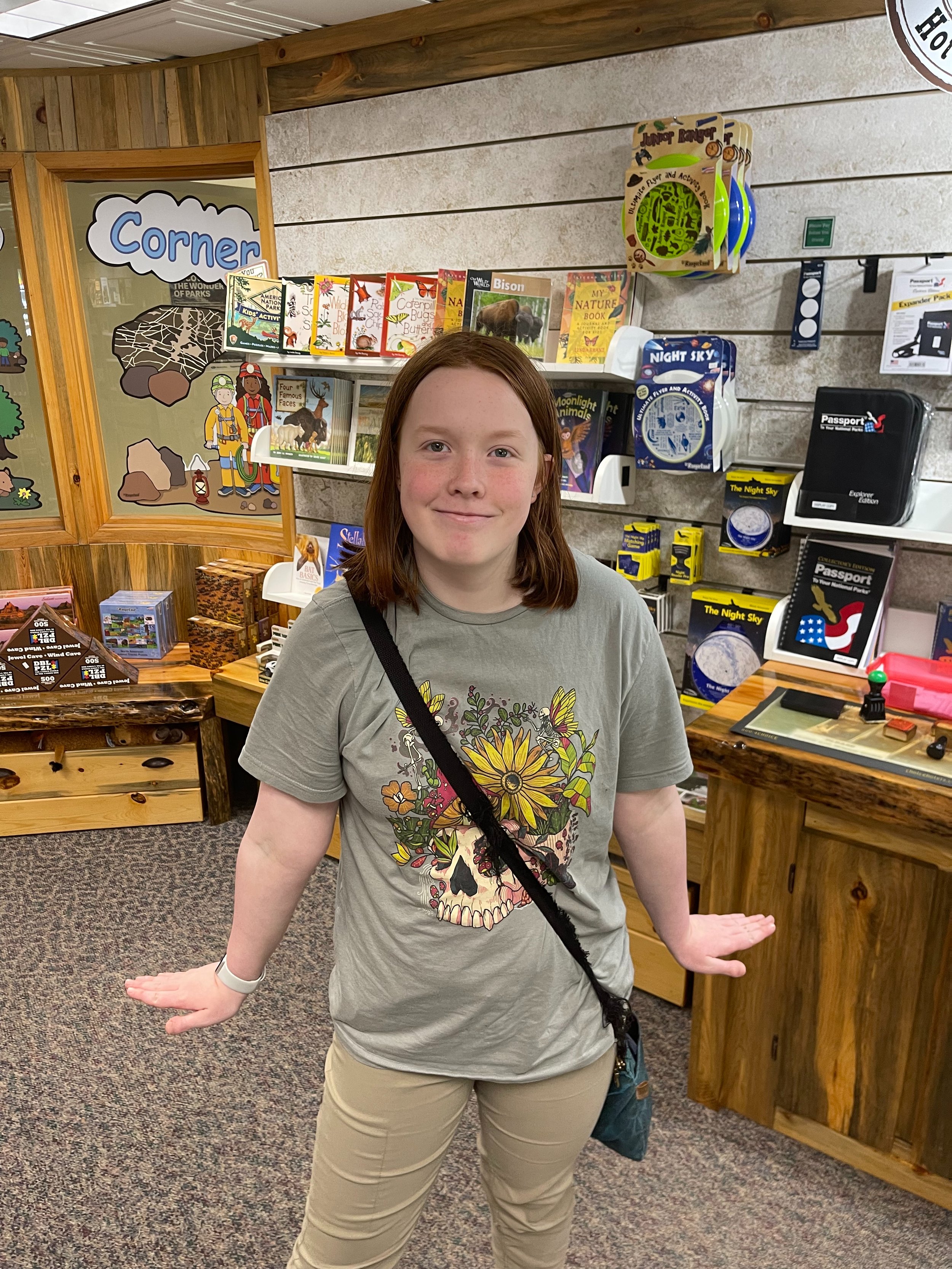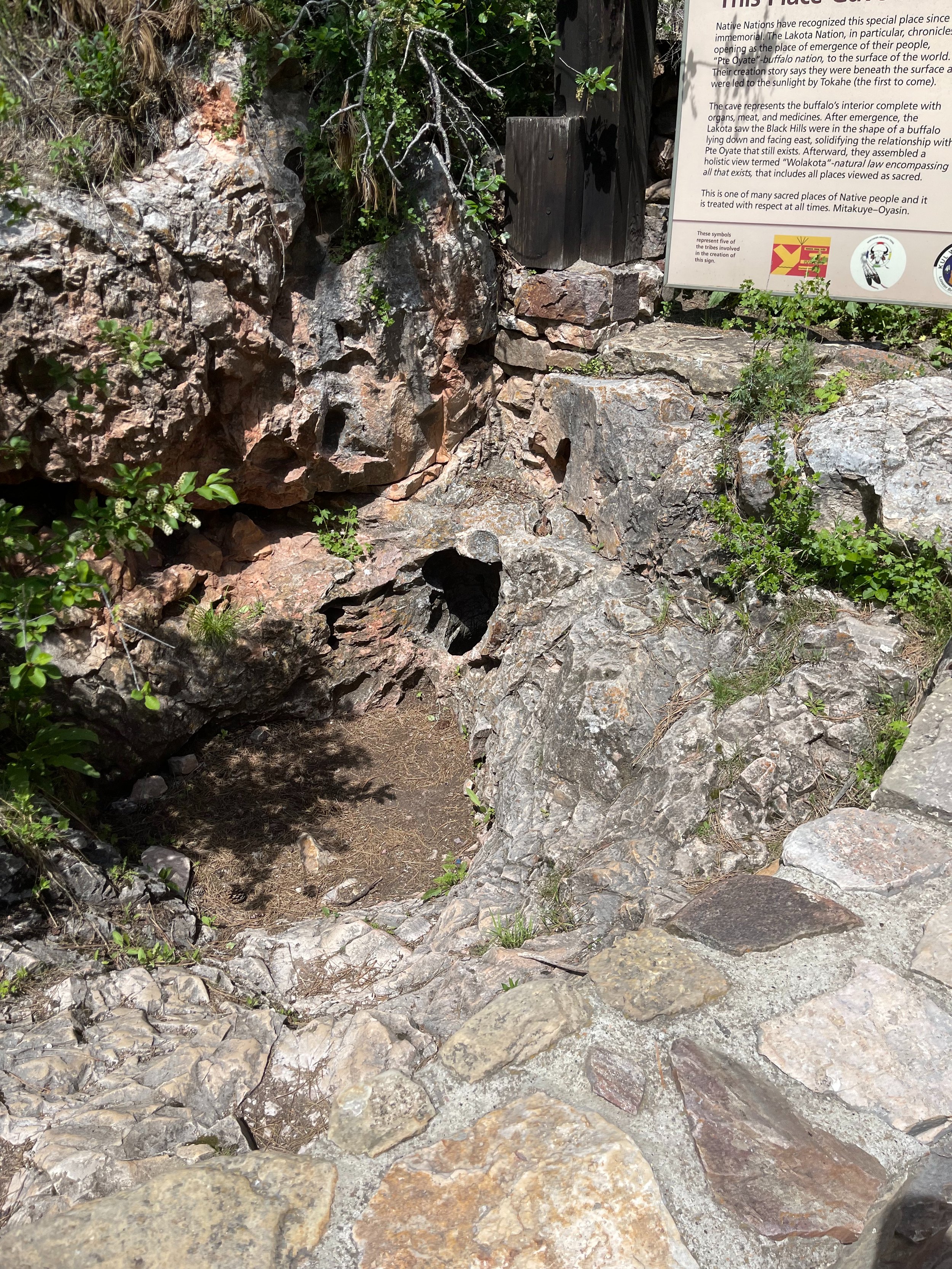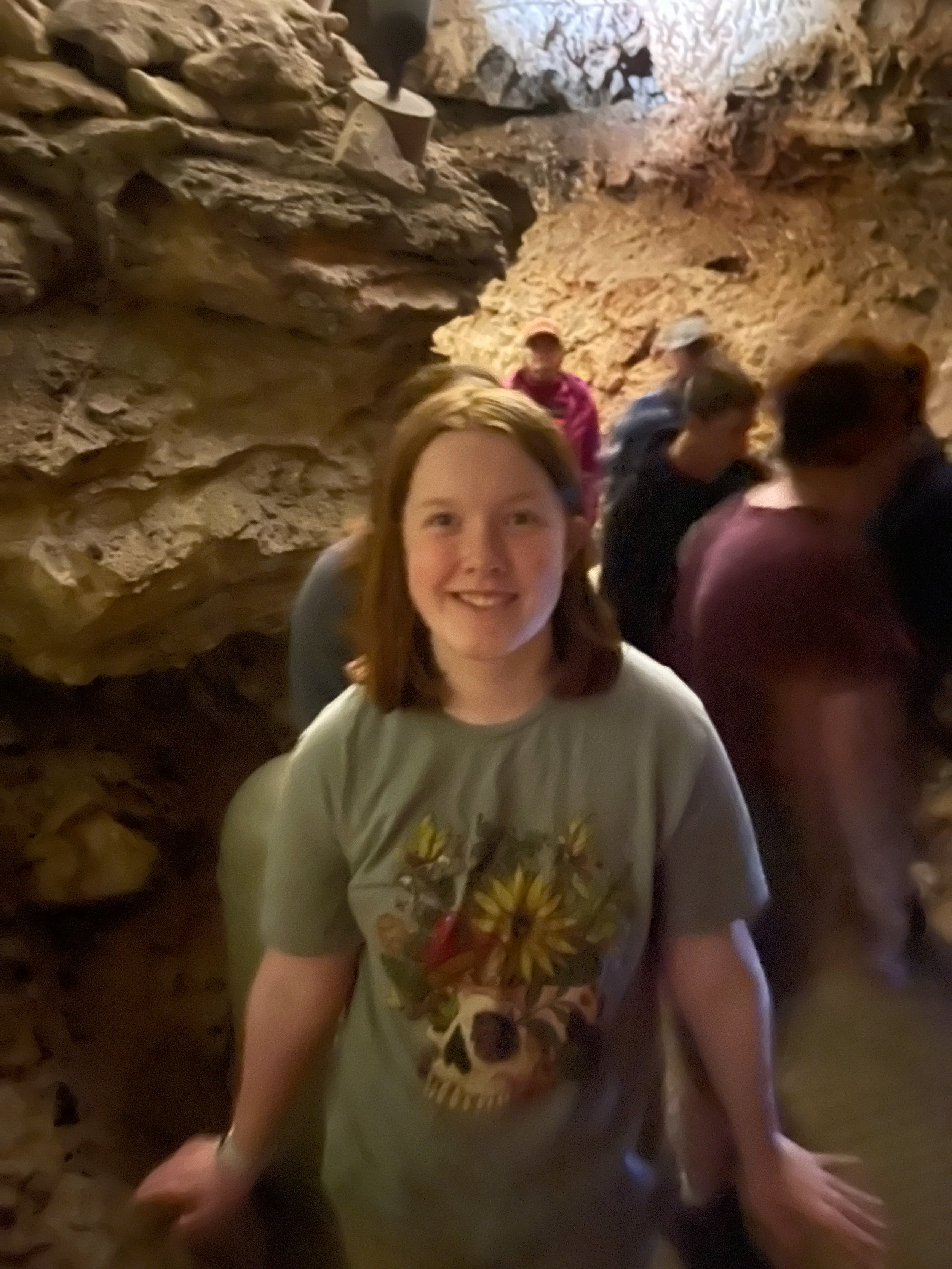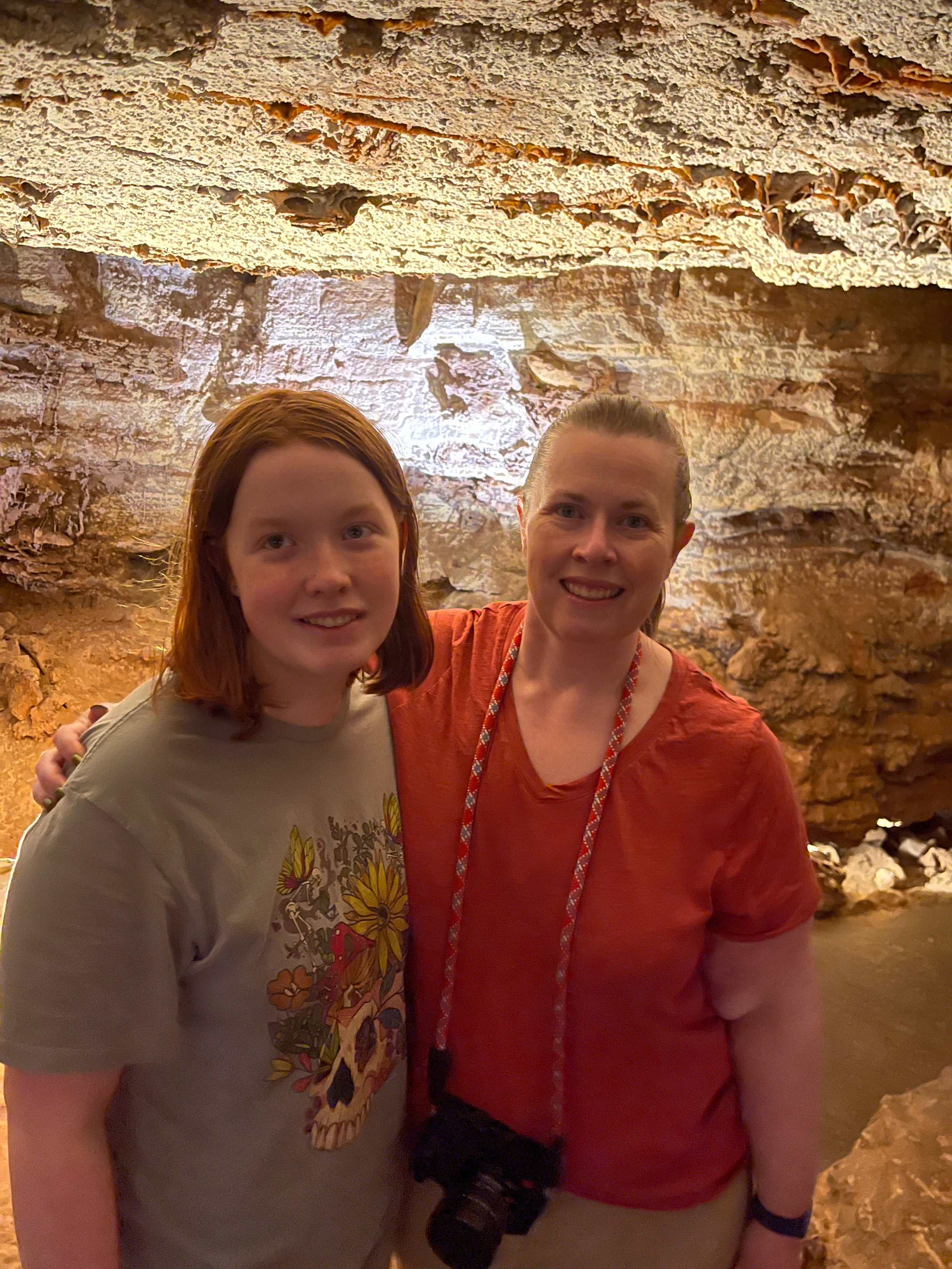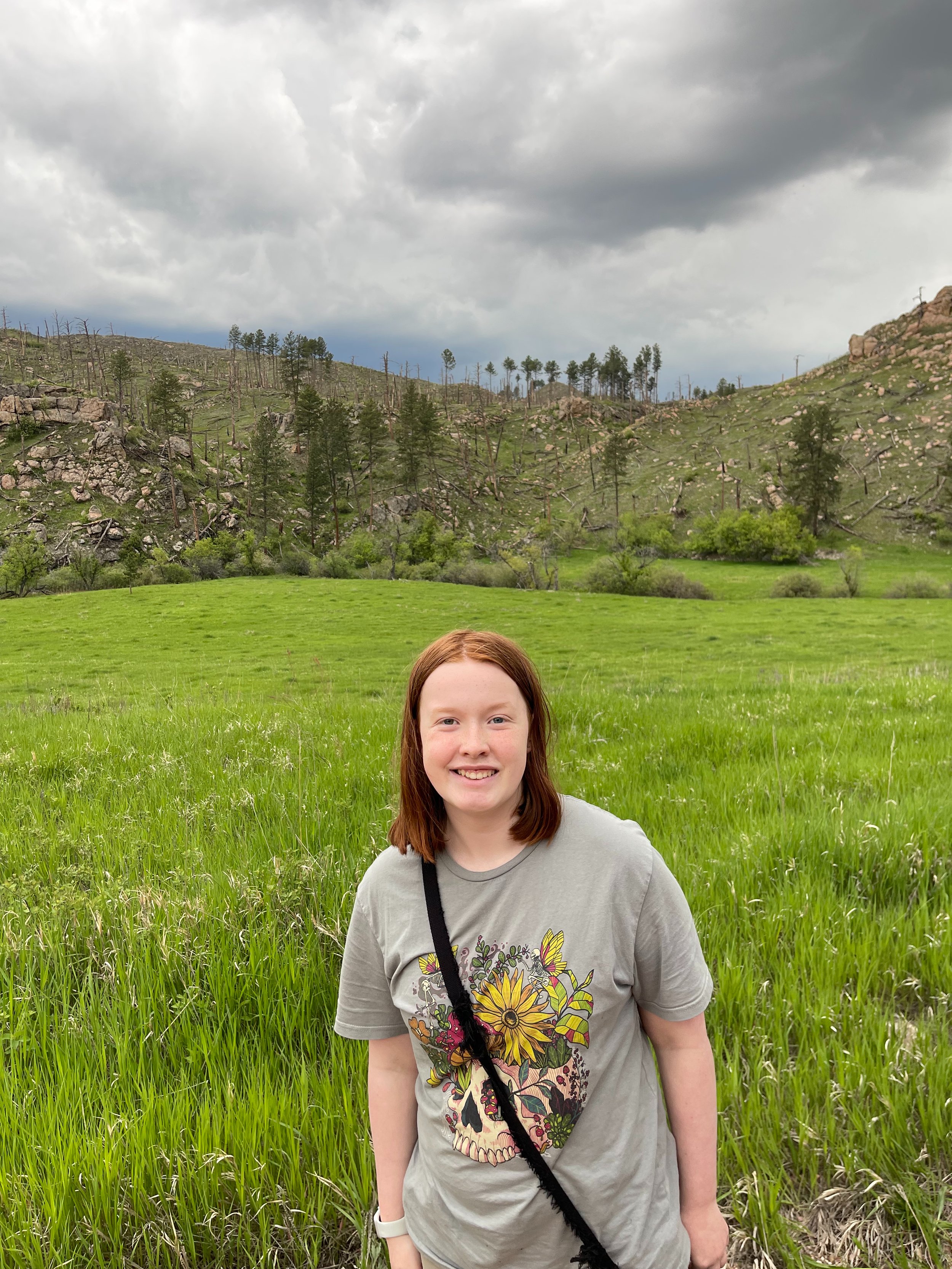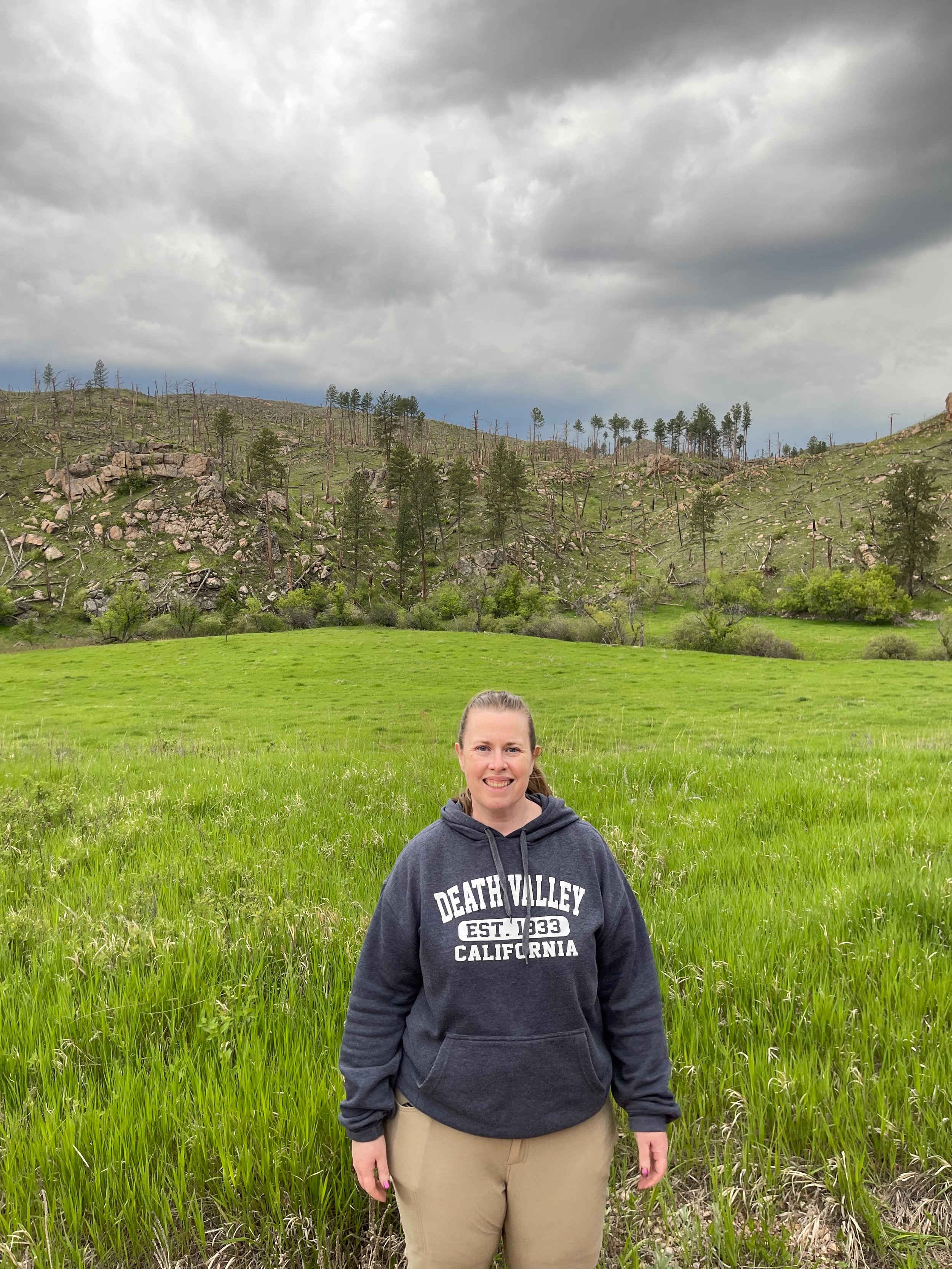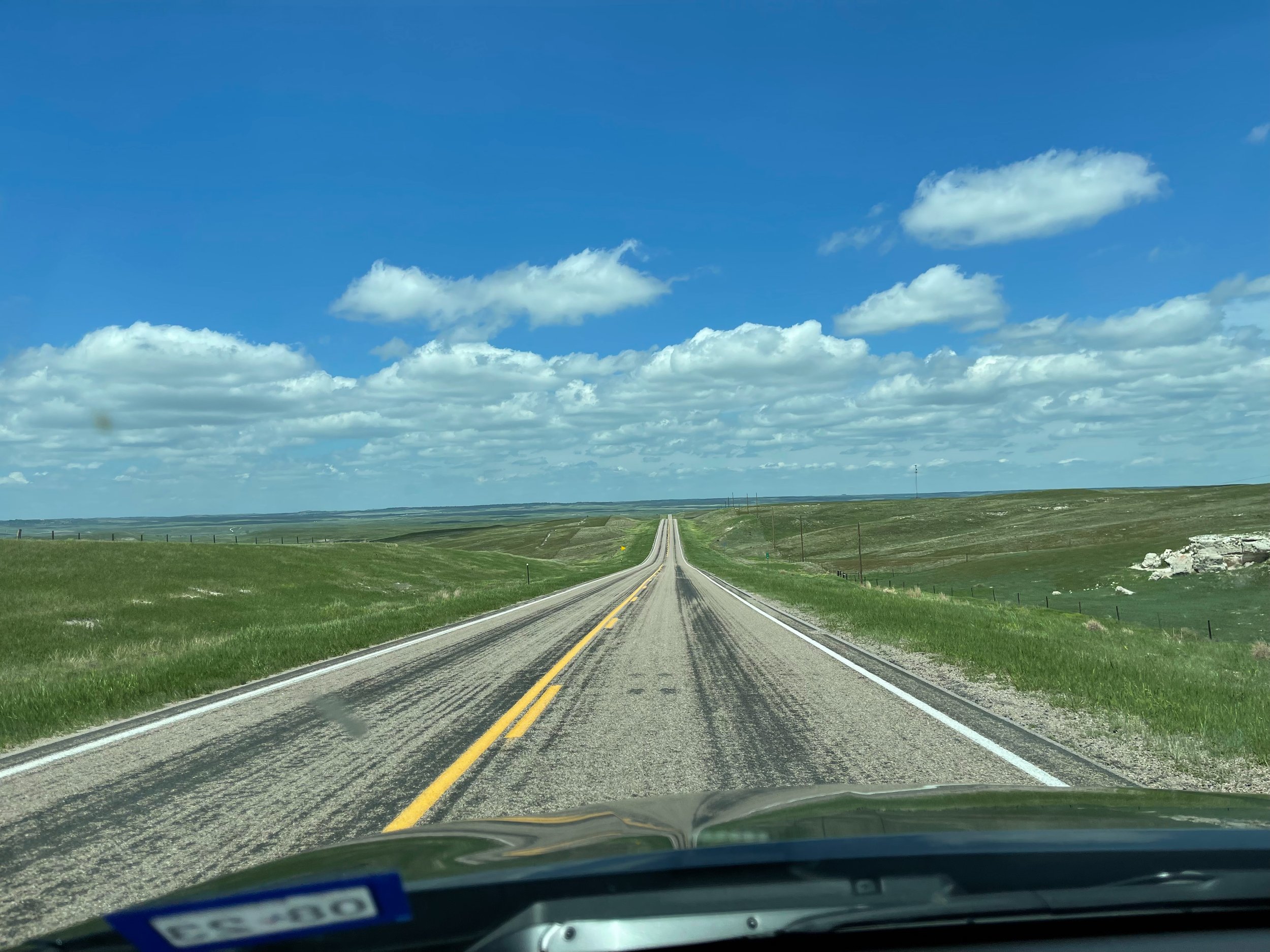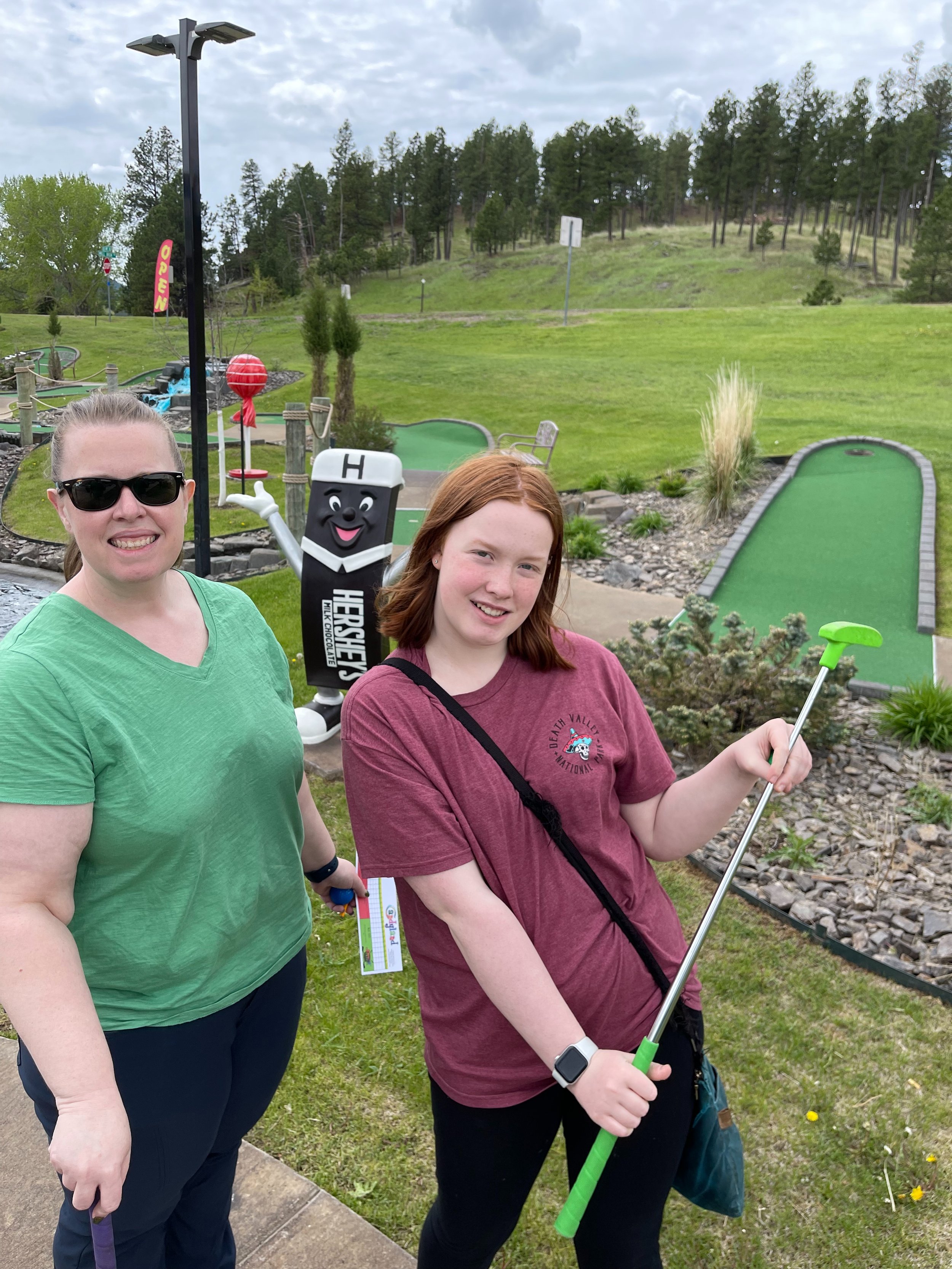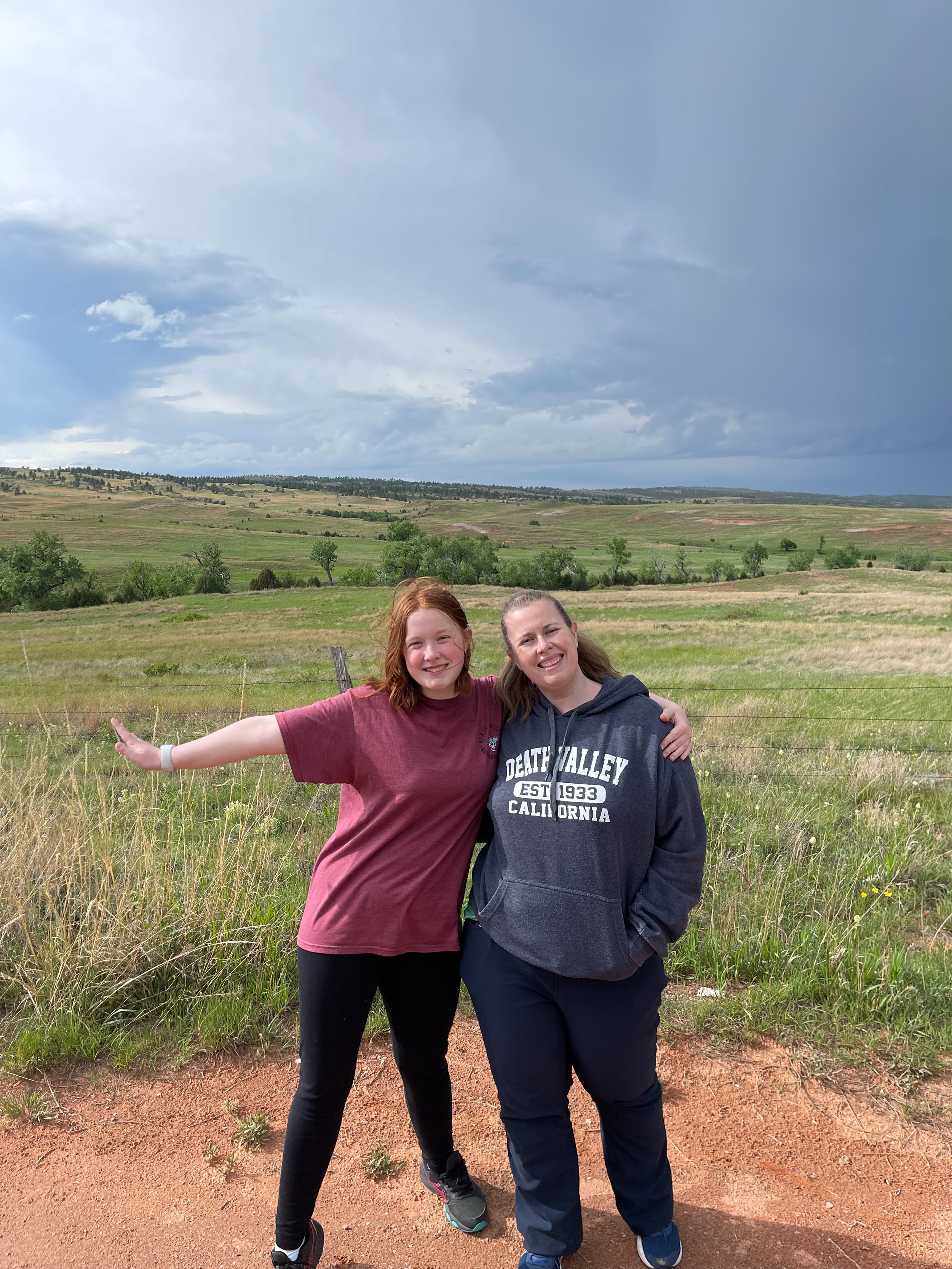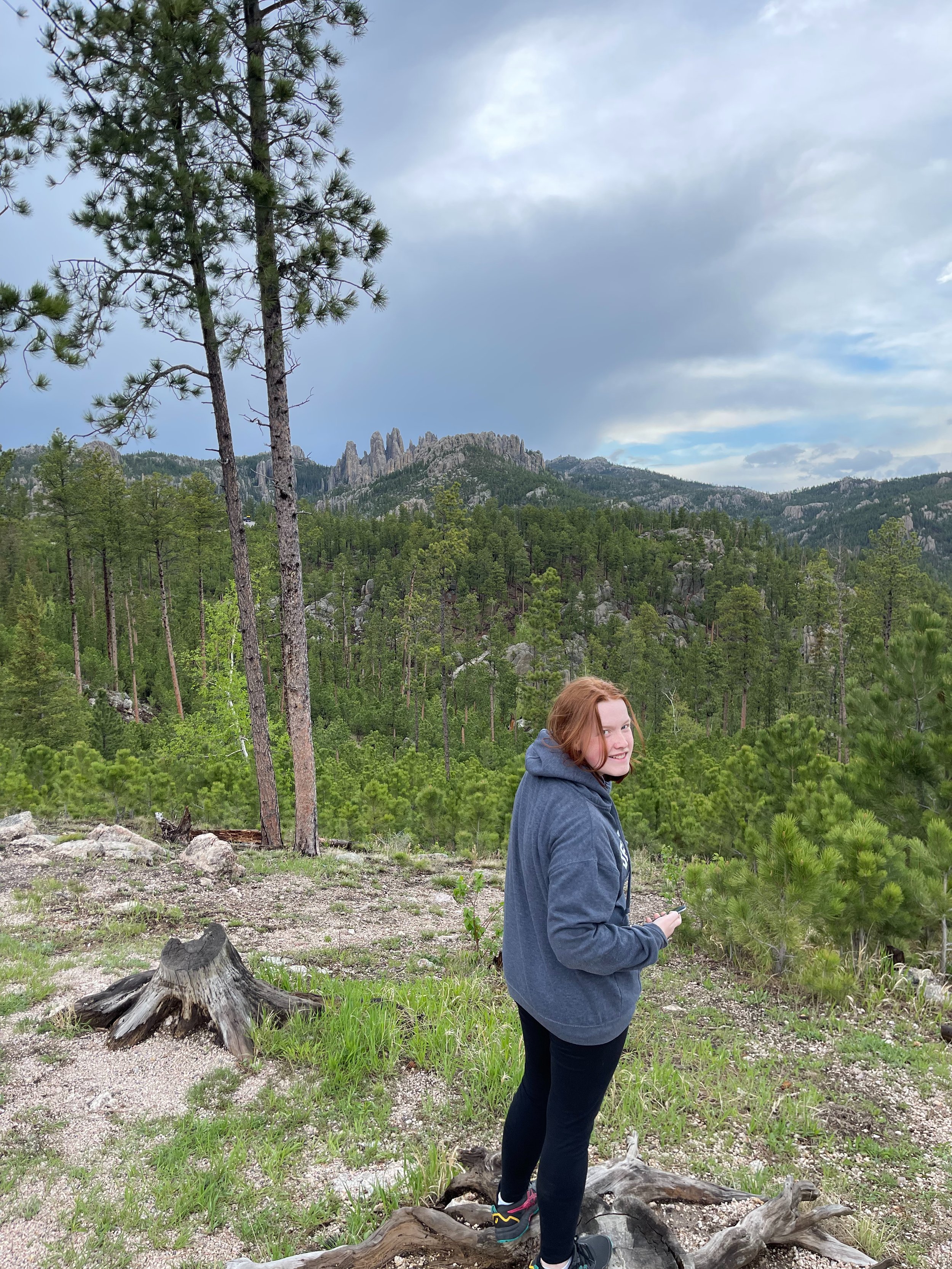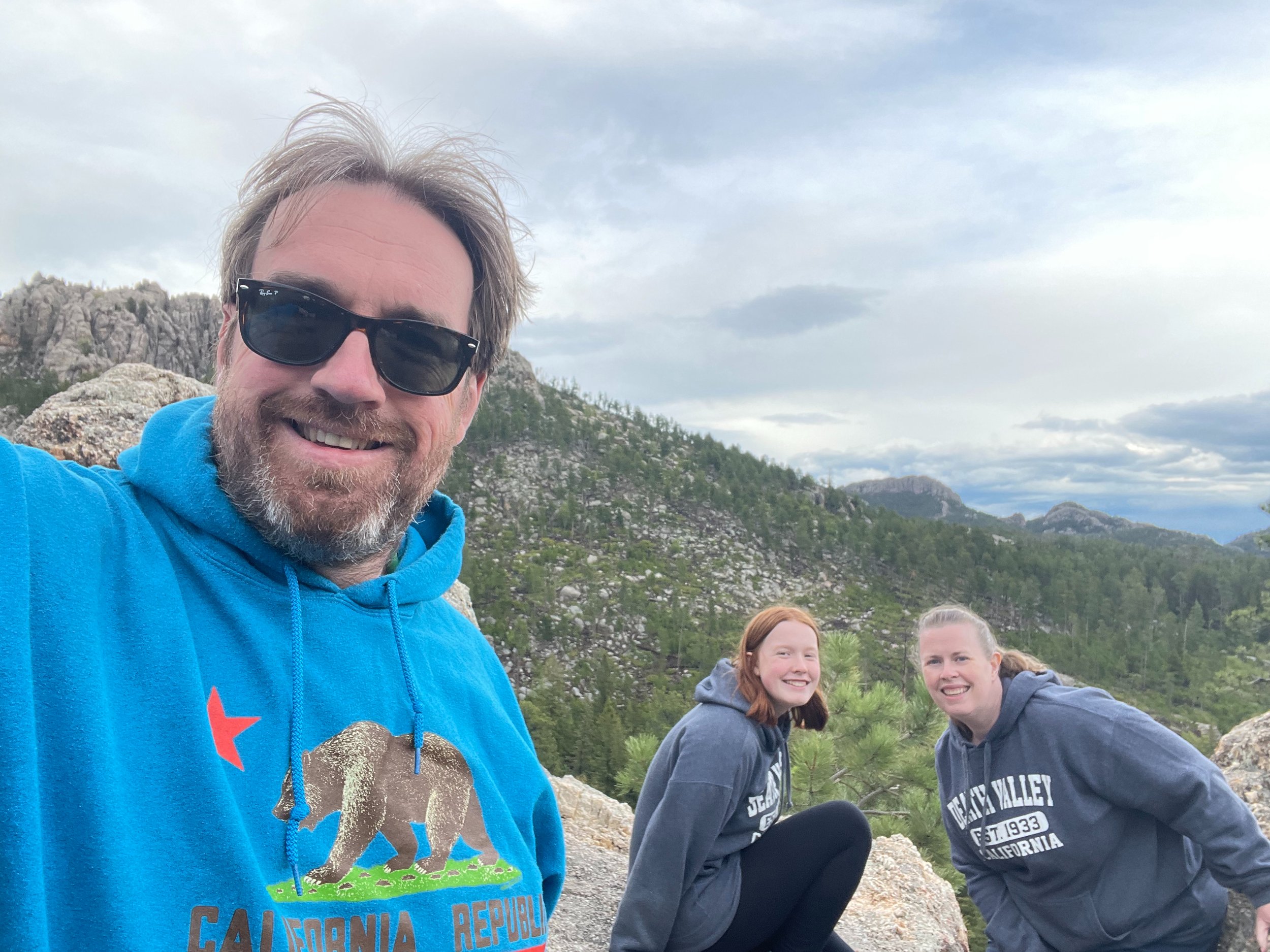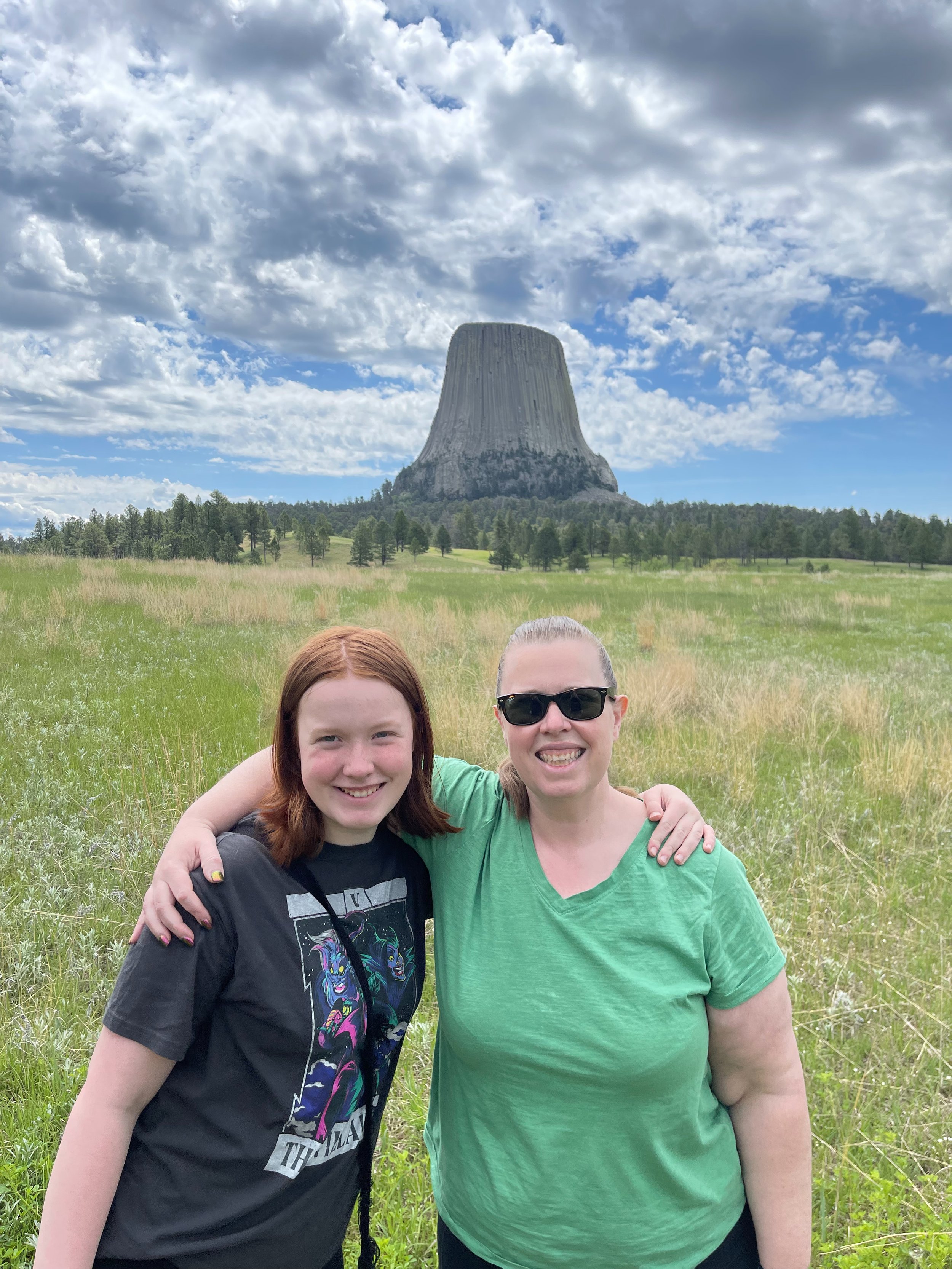Wind Cave National Park
In May of this year, Cami, Cat, and I embarked on our third attempt to visit Wind Cave National Park in South Dakota. As long-time readers may recall, our previous two visits were thwarted by issues with the park's elevator, which led to the closure of the cave tours. Finally, after nearly two years, the park had resolved the elevator problems, and this trip was dedicated solely to exploring Wind Cave, as we had already visited all the other parks in the area and had limited time.
Wind Cave National Park, situated in the southwestern part of South Dakota, United States, is a captivating and distinctive national park. President Theodore Roosevelt established it on January 9, 1903, making it the seventh oldest national park in the country. The park's main attraction is the breathtaking Wind Cave, renowned for its intricate cave systems, unique geology, and diverse ecosystem.
The history of Wind Cave National Park goes back thousands of years when it held sacred significance for the Native American Lakota people. They believed that the mysterious winds inside the cave were the breath of the earth and considered it a spiritually important place. Thus, they named it "Wind Cave" or "Breathing Hole of Mother Earth."
In 1881, Wind Cave gained widespread attention when brothers Tom and Jesse Bingham stumbled upon the cave's entrance while searching for stray buffalo. Recognizing its potential, they decided to develop it as a commercial attraction. They extensively explored and mapped many of the known cave passages, and word of the cave's beauty and intriguing formations spread quickly.
Concerned about the potential destruction of the cave due to unregulated tourism and commercialization, the federal government stepped in to preserve it. Consequently, in 1903, President Theodore Roosevelt signed legislation establishing Wind Cave National Park as the eighth national park in the United States and the first one to protect a cave.
Wind Cave stands as one of the longest and most intricate cave systems globally, known for its distinctive boxwork formations, a type of calcite formation resembling a honeycomb pattern found only in this cave. Another remarkable natural phenomenon is the "barometric wind," which occurs when the atmospheric pressure outside the cave changes, causing air to move in and out of the cave and creating strong winds at its entrance. This unique characteristic gave the cave its name.
Apart from the captivating underground wonders, Wind Cave offers various extraordinary cave formations, including frostwork, popcorn, flowstone, and helictites, all contributing to its mesmerizing beauty. Above ground, the park boasts diverse wildlife and ecosystems. Its mixed-grass prairies provide a habitat for bison, elk, pronghorn, coyotes, and numerous other animal species, making it a vital refuge for various plants as well.
For our long weekend trip, we flew into Denver and then embarked on a scenic drive to Rapid City, where we established our base for exploring the area. Rapid City offers a lot to do and is an excellent base for those willing to endure slightly longer drives. The city itself has a wealth of attractions, and we were delighted to find a fantastic restaurant, Firehouse Brewing Co., on our first night. It offered great BBQ and delicious homemade beer. In nearby towns, we discovered fun activities like mini-golf, charming stores, and other family-friendly options.
During our visit, we took two cave tours, and the experience was truly amazing. The caves at Wind Cave National Park were unlike any others Cami and I had previously explored. They were tight, narrow, and felt like an endless maze of tunnels. The unique boxwork formations and other features made them particularly interesting. However, after completing two tours, we felt like we had seen most of what the caves had to offer underground. Of course, there's still more to explore, but we left with a sense of satisfaction.
To make the most of our trip, we dedicated a considerable amount of time to explore the park's above-ground areas, which, in our opinion, are underrated. The open rolling prairies were truly stunning and teeming with bison and other wildlife.
Given that it was spring, we encountered some crazy weather, including thunderstorms with lightning and heavy rain on a daily basis, and even occasional hail. Despite the tempting opportunity for landscape photography, the thought of being the tallest object in an open land during a storm made us exercise caution.
While in the area, we couldn't resist making a trip back to Mount Rushmore National Memorial. Our previous visit was marred by heavy construction, but this time, everything was complete, allowing us to fully enjoy the experience. The park was bustling with people, but unless you plan to hike to the top, a few hours are typically sufficient.
Of course, no visit to Mount Rushmore would be complete without indulging in the best ice cream. One of the restaurants served ice cream with what they claimed was the original recipe of Thomas Jefferson. It was simple yet incredibly delicious, and we highly recommend it to anyone visiting the Memorial.
Outside of Mount Rushmore, the area resembles a massive tourist trap, but that doesn't mean it can't be fun. There are many local shops, various restaurants, and a million family-friendly activities. One highlight was stopping by an old mine to try our hand at gold panning, which felt especially special in the picturesque Black Hills setting.
As our trip drew to a close, we made the drive over to Custer State Park. We were amazed to discover this hidden gem nearby, with its breathtaking open prairies, crystal-clear lakes, and awe-inspiring mountain region. For anyone in the area, we wholeheartedly recommend a stop at Custer State Park.
On the way back to Denver, we decided to take a 3-hour detour drive through Wyoming to visit Devil's Tower. Although Cameron and I had been there years ago, Cat had never seen it. While the park was much busier this time, with many people and cars around, the tower's stunning beauty remained unchanged.
Overall, it was a fantastic trip, although I can't help but feel a little disappointed that it took us three attempts to finally see Wind Cave. Nevertheless, the cave is undoubtedly worth visiting, even if it's likely to be a one-time experience. On the other hand, some of the nearby national parks are so incredible that we're already contemplating a return trip in the future.

